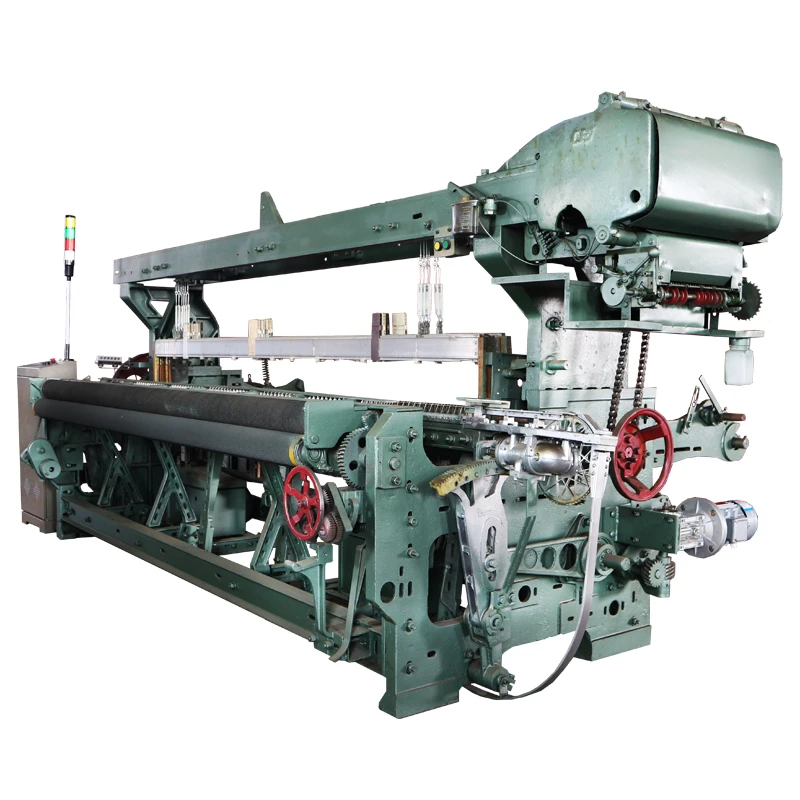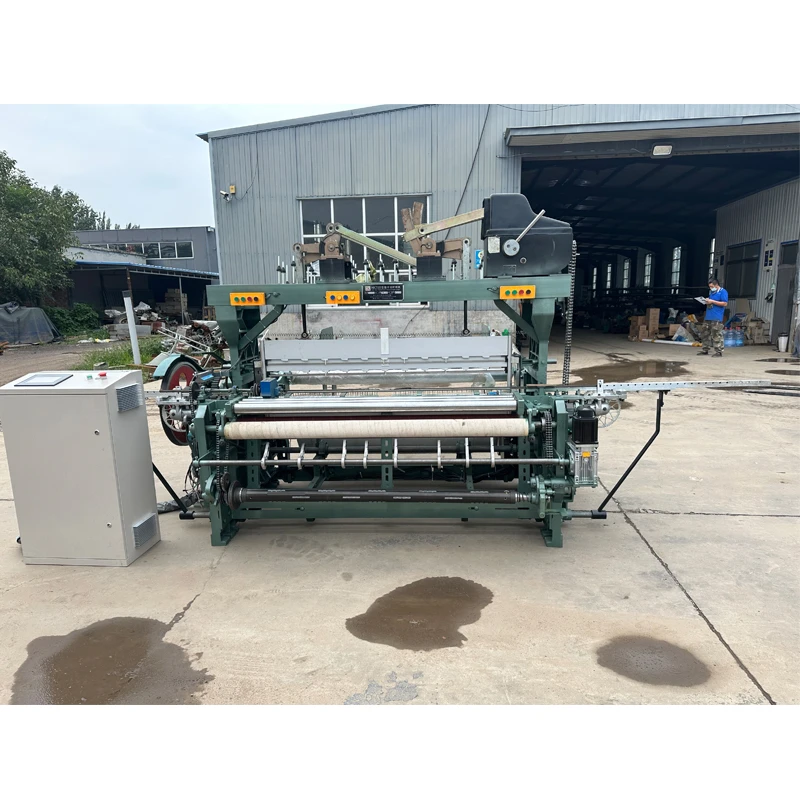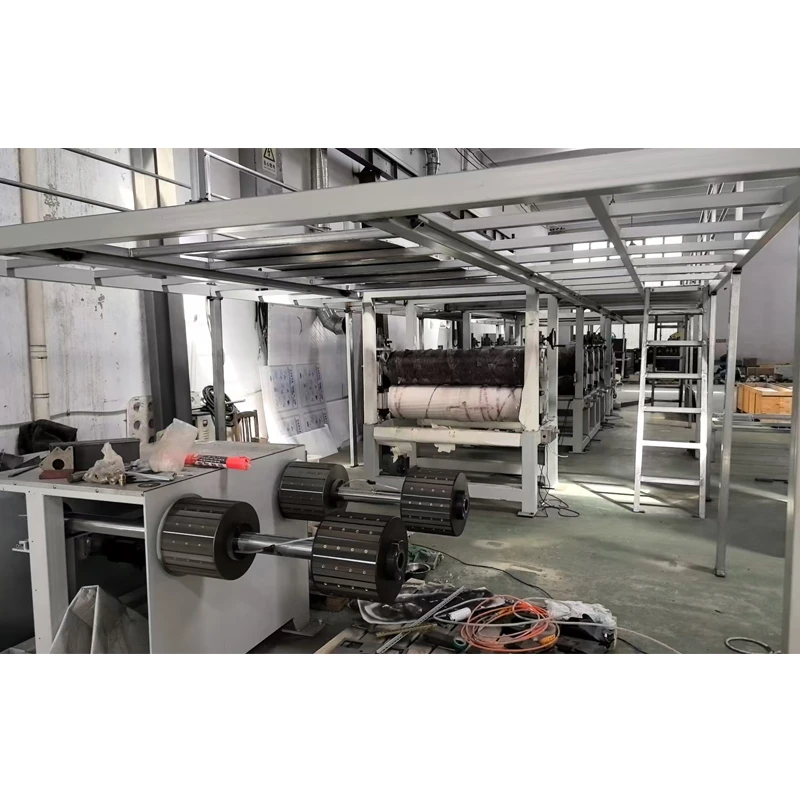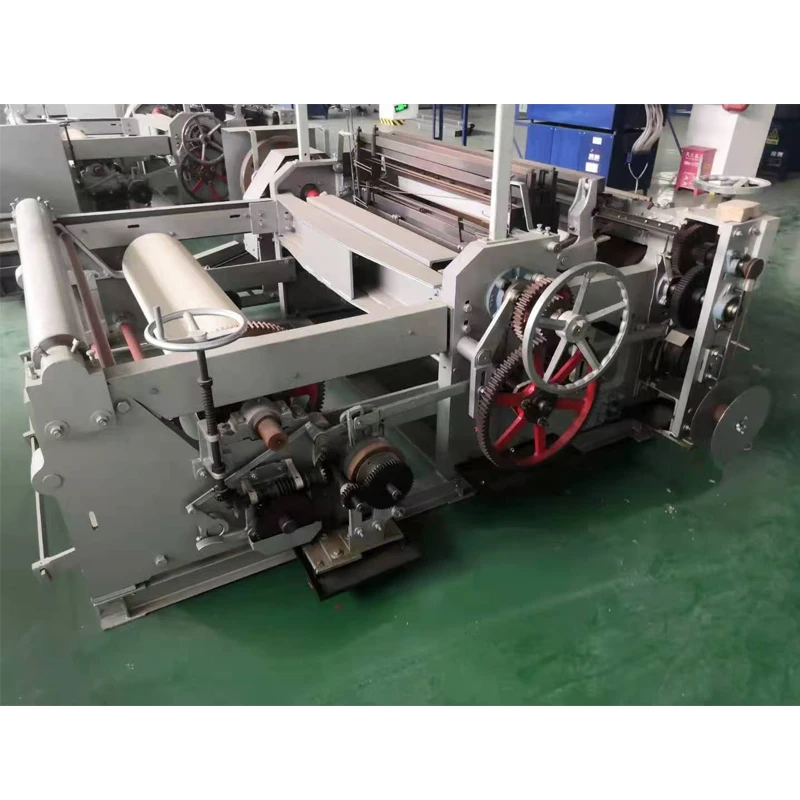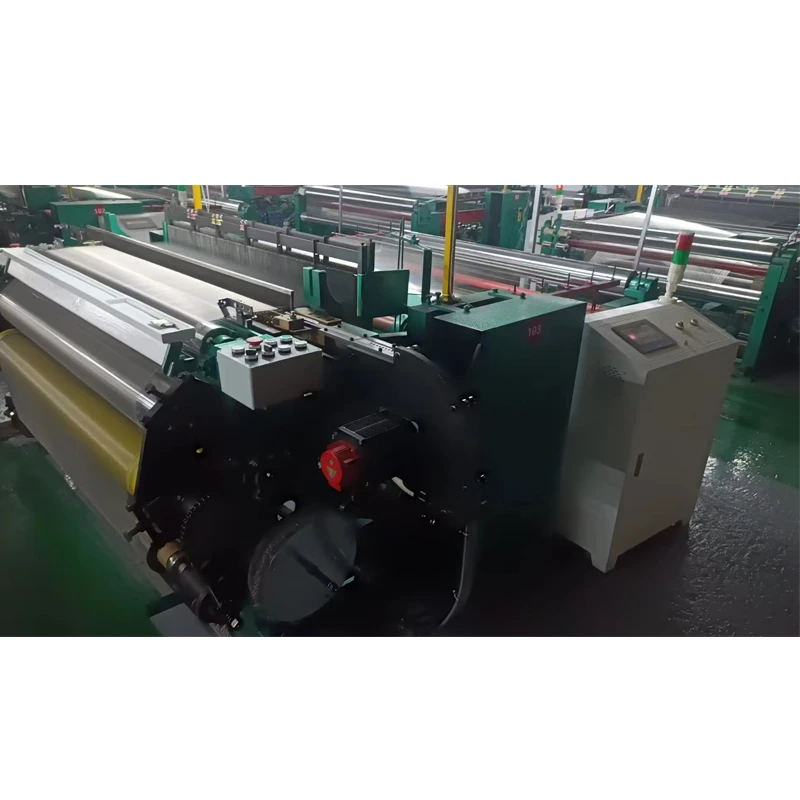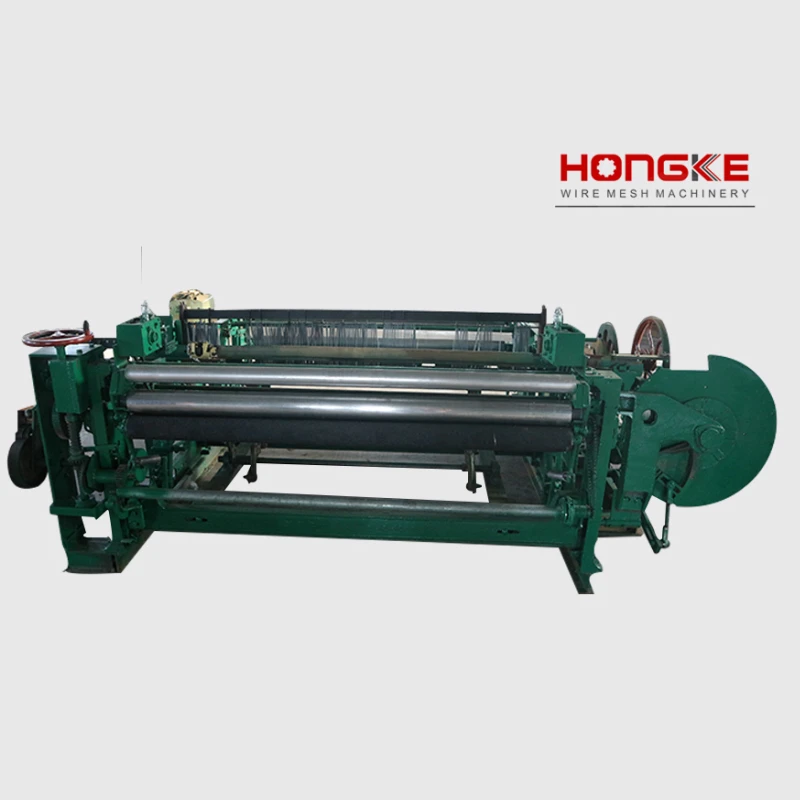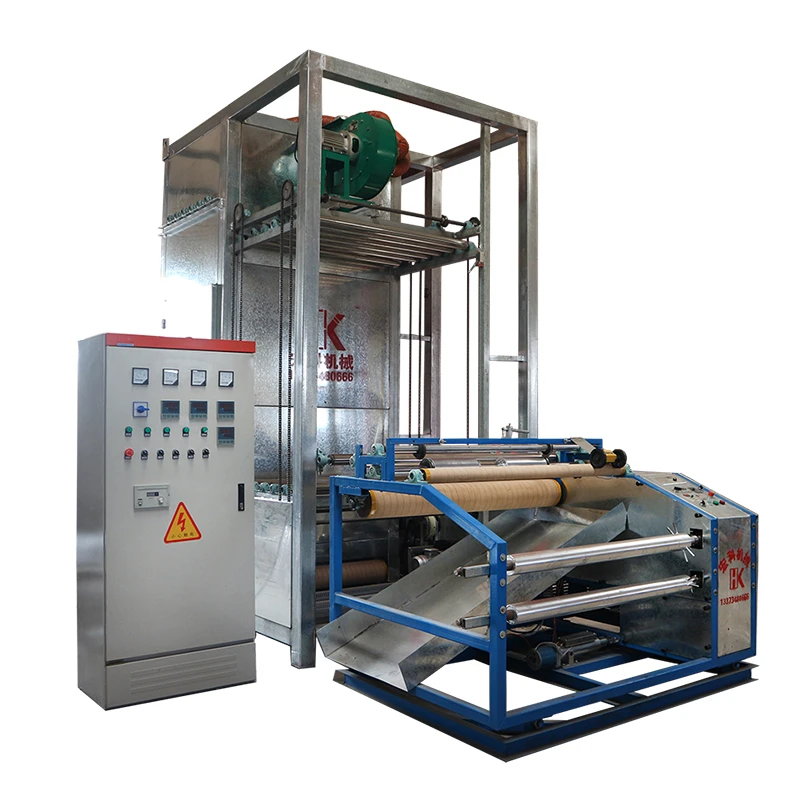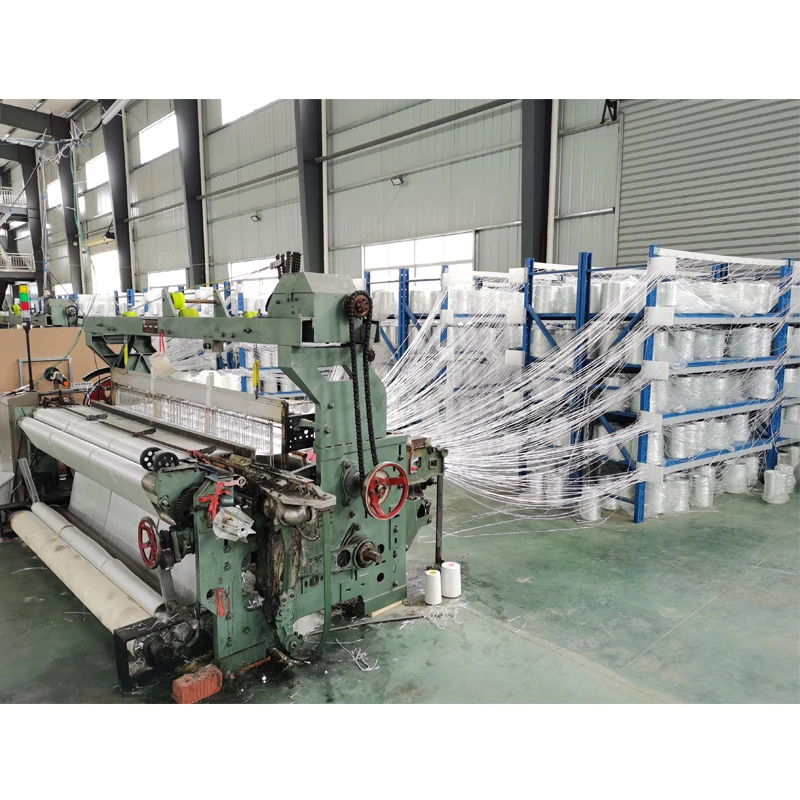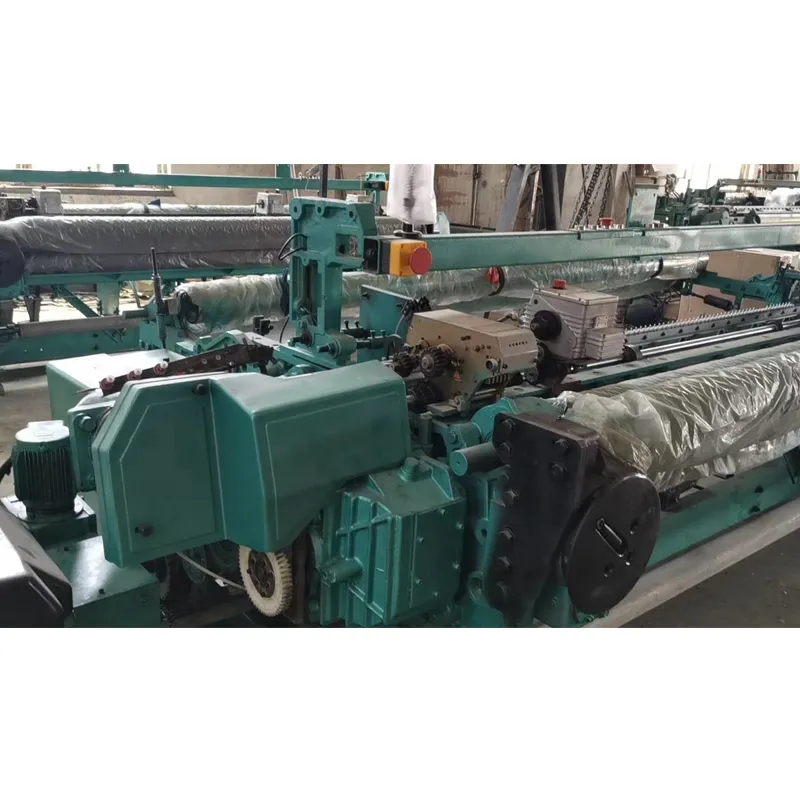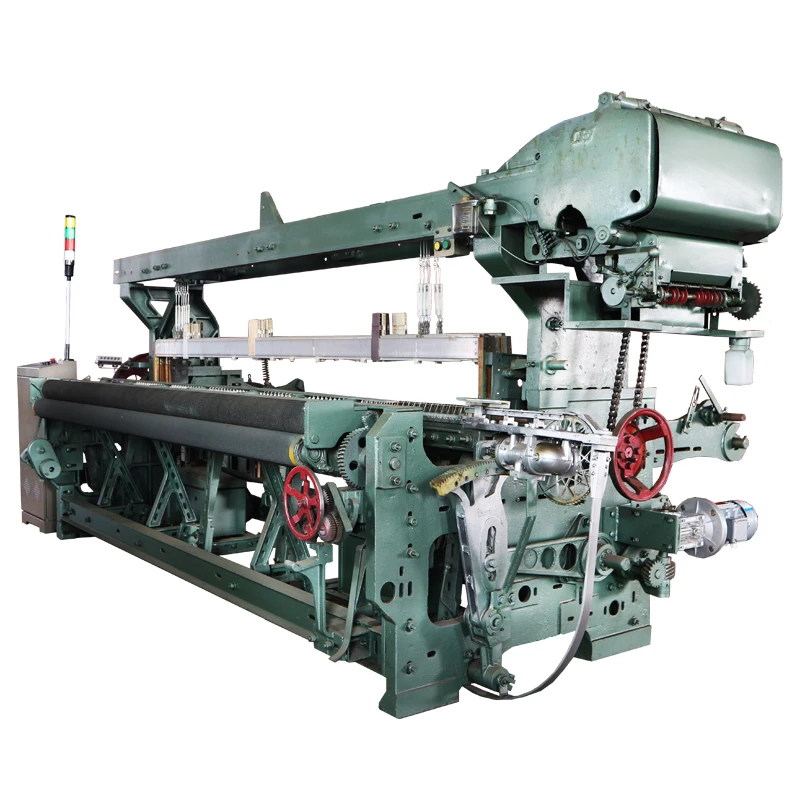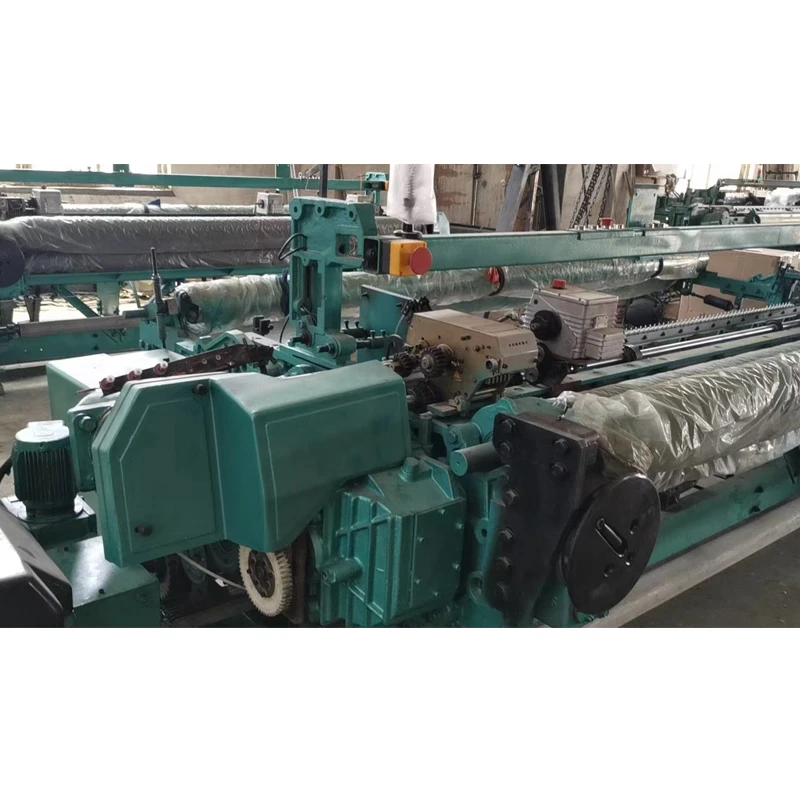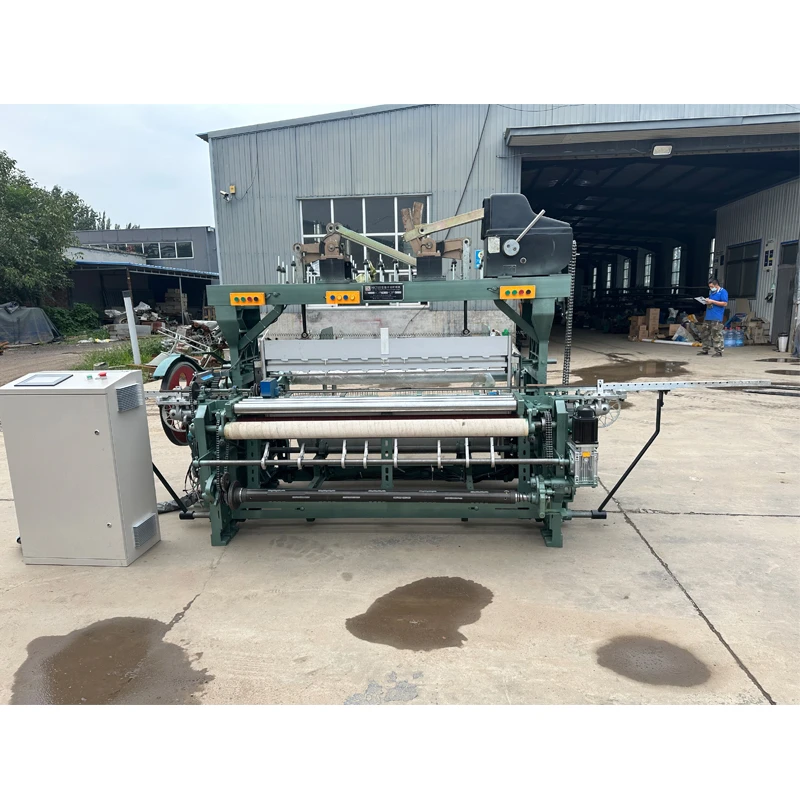
- Understanding Rapier Loom Investment Fundamentals
- Technological Advantages Over Traditional Weaving Systems
- Key Factors Influencing Rapier Loom Pricing Structures
- Manufacturer Comparison Table: Features vs. Investment
- Customization Impact on Shuttleless Rapier Loom Price
- Industry-Specific ROI Case Studies
- Strategic Acquisition Guidance

(rapier loom price)
Understanding Rapier Loom Investment Fundamentals
Modern textile operations consider rapier loom price
among their most significant capital expenditure decisions. Industrial-grade shuttleless rapier models typically range between $28,000 for basic models to over $110,000 for advanced configurations. This broad spectrum encompasses multiple variables including weaving width, electronic controls, and proprietary insertion systems. Unlike traditional shuttle looms, rapier technology enables fabric widths up to 540cm while maintaining insertion rates exceeding 1,200 meters/minute - directly translating to production efficiencies that amortize initial costs within 18-36 months for high-volume facilities.
Technological Advantages Over Traditional Weaving Systems
Rapier dobby looms offer tangible production mathematics: 37% faster changeover times versus cam systems, 22% energy reduction through optimized motor systems, and 30-45% higher output density. The rigid rapier design maintains insertion accuracy within 0.3mm tolerance across 20,000+ cycles, eliminating shuttle-induced selvedge damage that causes 6-8% material waste in conventional equipment. Advanced models feature integrated IoT sensors monitoring thread tension (0-200 cN adjustability), real-time warp break detection (<50ms response), and predictive maintenance algorithms that reduce downtime by 75% compared to mechanical counterparts.
Key Factors Influencing Rapier Loom Pricing Structures
Major pricing variables include frame rigidity specifications (200-400 kN/m² required for technical textiles), optional weft accumulators ($2,400-$7,000 per unit), and shedding mechanisms. Electronic dobby systems add approximately 15-20% to base rapier loom price versus simpler cam versions. Additional financial considerations:
- Weaving Width Premium: Each additional meter adds $8,000-$15,000
- Automation Tier: Semi-automatic models save 20% over full robotic systems
- Terry Compatibility: Pile weaving systems increase quotes by 27% on average
- Climatic Adaptation: Tropicalized versions command 10% premium
Manufacturer Comparison Table: Features vs. Investment
| Manufacturer | Dobby Loom Model | Working Width | Speed (RPM) | Price Range |
|---|---|---|---|---|
| Picanol | OmniPlus-i | 190-540cm | 650 | $87,000-$122,500 |
| Dornier | PX | 180-540cm | 750 | $110,000-$145,000 |
| Tsudakoma | ZAX-9200 | 150-380cm | 1150 | $78,500-$102,000 |
| Somet | Themista | 170-380cm | 850 | $66,000-$92,000 |
Speed tested with 40Ne cotton yarn. Wider configurations decrease maximum RPM. Includes basic electronic dobby.
Customization Impact on Shuttleless Rapier Loom Price
Specialized modifications create significant rapier loom price variations. Technical weaving packages for 3D fabrics add $14,000-$28,000, while carbon fiber rapier heads (required for glass fiber production) incur 19% surcharge. Quick-change modules reducing style switches to under 25 minutes add approximately 8% to capital outlay. Manufacturers like Dornier provide modular expansion options where a 4-color weft device ($18,500) can be retrofitted post-installation. Operational economics reveal that for mixed-batch producers, such options reduce non-productive time by 50% annually, recovering modification costs within 14 months.
Industry-Specific ROI Case Studies
Medical textile manufacturer Medweave reported 35% increased throughput after transitioning to Picanol OmniPlus-i units, amortizing their $328,000 investment (4 looms) in 19 months via reduced waste and 47% fewer changeovers. Luxury linen producer Heritage Mills documented $27/meter production cost savings after installing rapier dobby looms with pneumatic tension regulators. In automobile textiles, technical weaving plants note that shuttleless rapier loom price premiums are offset by 100% first-quality output compared to 88-92% with projectile systems - critical when weaving $42/meter airbag fabrics where imperfections cause entire batch rejection.
Strategic Rapier Loom Acquisition Guidance
When assessing rapier loom price lists, prioritize lifecycle costing over capital expenditure. Industry benchmarks suggest allocating $0.18/operational hour for maintenance on electronic dobby systems versus $0.43 on mechanical equivalents. Conduct fiber-specific ROI analysis; wool weaving operations achieve optimum results at $95,000-110,000 investment points, while high-tenacity synthetics justify $140,000+ configurations. Leading mills utilize 5-year TCO models incorporating energy sensors showing electronic shedding consumes 28% less power than mechanical variants. Engage manufacturers with localized technical centers - rapid response contracts typically cost 3-5% of equipment value annually but reduce potential $6,400/hour downtime losses during seasonal production peaks.
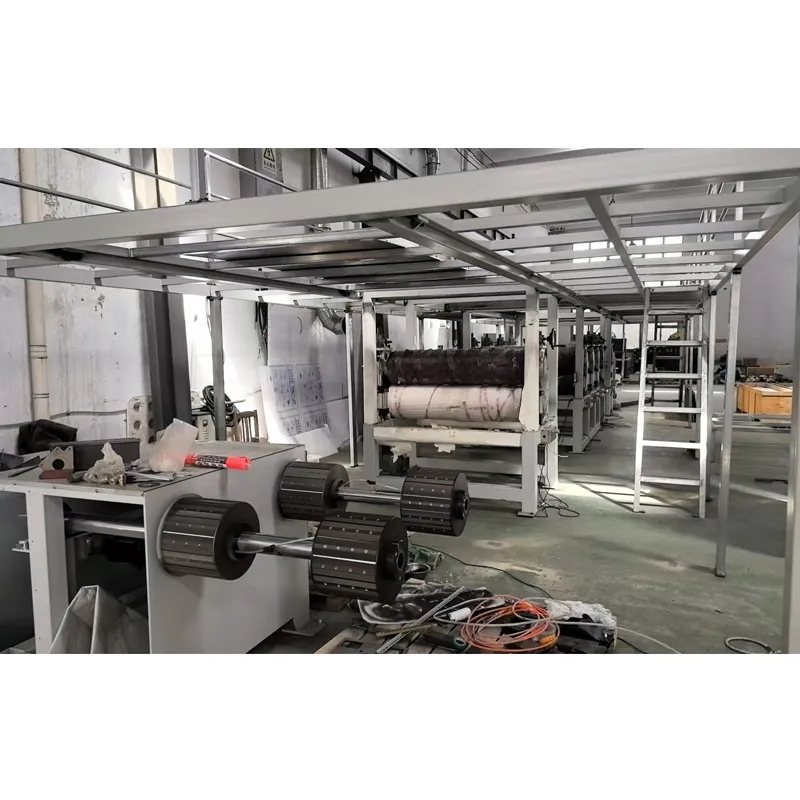
(rapier loom price)
FAQS on rapier loom price
Here are 5 FAQ groups with HTML formatting focused on rapier loom pricing:Q: What factors affect rapier loom prices?
A: Key factors include weaving width, motor power, and control system sophistication. Additional features like electronic dobby shedding or automated color changers increase costs. Brand reputation and regional taxes also impact final pricing significantly.
Q: Where can I get a rapier loom price list?
A: Official manufacturer websites like Picanol or Dornier offer digital catalogs with basic price ranges. For detailed shuttleless rapier loom quotes, contact authorized distributors directly. Custom configurations always require personalized quotations from sales representatives.
Q: Why is a rapier dobby loom more expensive?
A: Dobby mechanisms enable complex weave patterns, requiring advanced electronic controls and precision engineering. These looms have higher-end servo motors for pattern accuracy and faster shedding motions. The technology premium typically adds 15-25% compared to basic cam models.
Q: What's the price difference between new and used shuttleless rapier looms?
A: Quality used models start around $15,000 USD, while new shuttleless rapier looms range from $30,000 to $100,000+. Price variations depend on production year, maintenance history, and included accessories. Refurbished looms cost 25-40% less than new equivalents.
Q: Do rapier loom prices include installation?
A: Base quotations typically exclude installation services and peripheral equipment. Electrical setup, air-compressor systems, and warp preparation stations add 8-12% to overall costs. Always confirm freight charges and technician deployment fees in advance.









